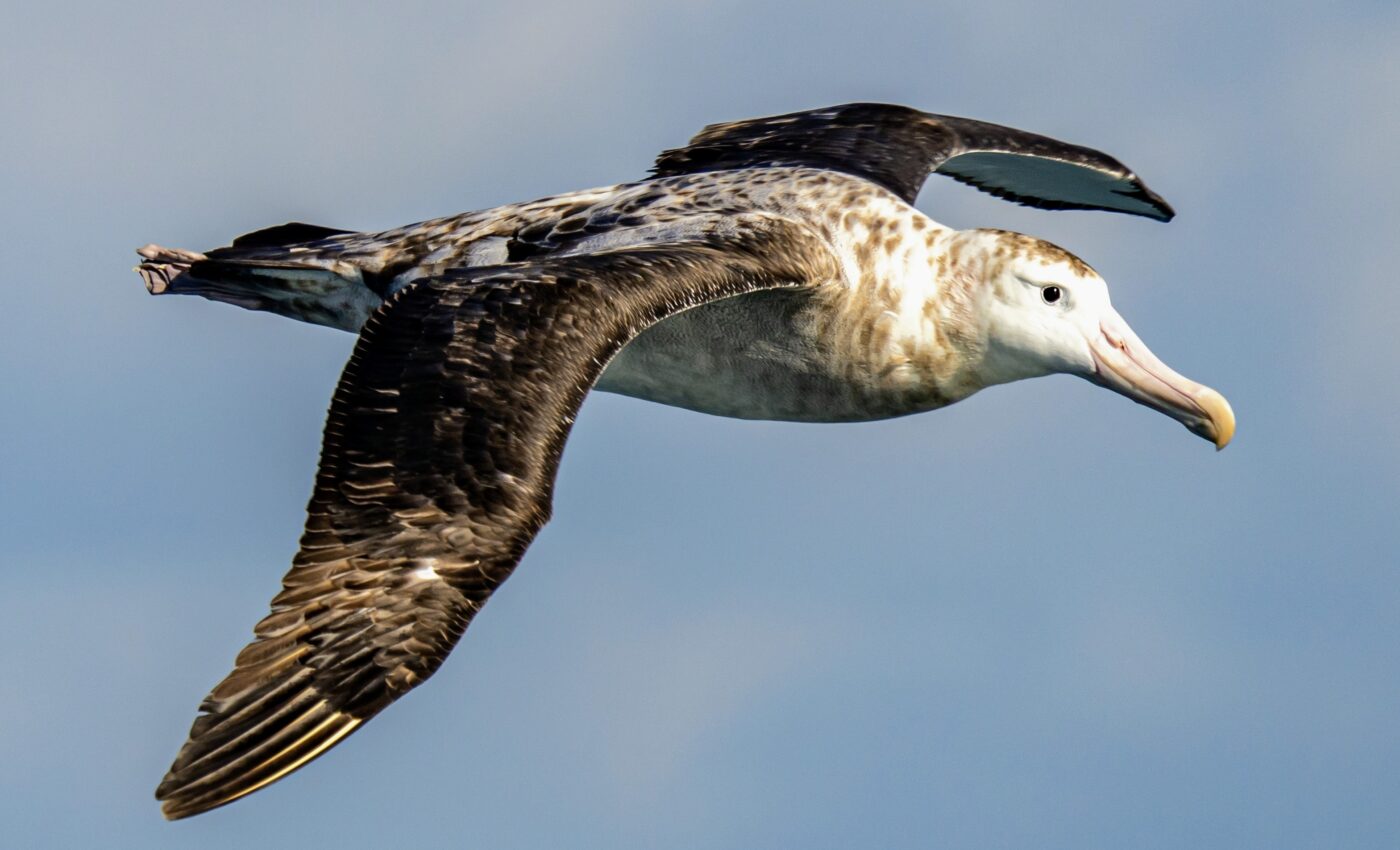
World’s most endangered seabirds are also threatened by plastic pollution
Petrels are a group of wide-ranging migratory seabirds – including species such as the Northern Fulmar, the European Storm-petrel, and the critically endangered Newell’s Shearwater – that play a key role in oceanic food webs.
Scientists have already warned that many petrel species are already threatened with extinction due to climate change, bycatch, competition with fisheries, and invasive species such as rats and mice on their breeding colonies.
Now, a team of researchers led by the University of Cambridge has found that plastic pollution is another major threat for the health of these birds, and could further reduce their resilience to the other threats they are exposed to.
Due to the breadth of their distribution across the world’s oceans, these birds are important “sentinel species” when assessing the risks of plastic pollution in marine ecosystems.
How the study was conducted
The experts overlaid global tracking data assessing the movements of 7,137 individual birds from 77 species of petrel onto pre-existing maps of marine plastic distribution. This method allowed them to identify specific places along the birds’ migration and foraging journeys where they are most likely to encounter plastics.
Each species was given an “exposure risk score” indicating their risk of encountering plastic debris during their time at sea.
Exposure in the high seas
The analysis revealed that plastic pollution threatens marine life on a scale transcending national boundaries, with a quarter of all plastic exposures occurring in the high seas.
This worrisome phenomenon is likely caused by large systems of rotating ocean currents called gyres where massive accumulations of plastics form, fed by waste entering the seas from many different countries, as well as from a large number of boats.
Seabirds frequently mistake small plastic pieces for food, or end up ingesting plastic already consumed by their prey, leading to injury, poisoning, and starvation. Moreover, during the breeding season, petrels often inadvertently feed plastic to their chicks.
Since they can’t easily regurgitate the plastic, petrels are particularly vulnerable to the toxic chemicals it contains.
“Ocean currents cause big swirling collections of plastic rubbish to accumulate far from land, way out of sight and beyond the jurisdiction of any one country. We found that many species of petrel spend considerable amounts of time feeding around these mid-ocean gyres, which puts them at high risk of ingesting plastic debris,” said joint corresponding author Lizzie Pearmain, a doctoral student in Zoology at Cambridge.
“When petrels eat plastic, it can get stuck in their stomachs and be fed to their chicks. This leaves less space for food, and can cause internal injuries or release toxins.”
Plastic pollution hotspots
According to the researchers, the North-East Pacific, the South Atlantic, and the South-West Indian oceans – where a vast number of threatened seabirds forage – have mid-ocean gyres full of plastic waste.
Moreover, the investigation also revealed that the Mediterranean Sea and the Black Sea together account for more than half of petrels’ global plastic exposure risk, although only four species of petrel forage in these regions.
Plastic exposure risk
Among the seabird species with the highest plastic exposure risk were several already threatened ones, such as the critically endangered Balearic Shearwater, which breeds in the Mediterranean; the Newell’s Shearwater, endemic to Hawaii; and the Hawaiian Petrel.
Other seabird species that scored high for plastic exposure included three classified as “vulnerable” – the Yelkouan Shearwater, which breeds in the Mediterranean, the Cook’s Petrel, which breeds in New Zealand, and the Spectacled Petrel, which only breeds on an extinct volcano from the Tristan da Cunha archipelago known as the Inaccessible Island.
“Even species with low exposure risk have been found to eat plastic. This shows that plastic levels in the ocean are a problem for seabirds worldwide, even outside of these high exposure areas,” said joint corresponding author Bethany Clark, a Seabird Science Officer at BirdLife International.
“Many petrel species risk exposure to plastic in the waters of several countries and the high seas during their migrations. Due to ocean currents, this plastic debris often ends up far away from its original source. This highlights the need for international cooperation to tackle plastic pollution in the world’s oceans.”
“While the population-level effects of plastic exposure are not yet known for most species, many petrels and other marine species are already in a precarious situation. Continued exposure to potentially dangerous plastics adds to the pressures,” added co-author Andrea Manica, a zoologist at Cambridge.
“This study is a big leap forward in understanding the situation, and our results will feed into conservation work to try and address the threats to birds at sea.”
The research is published in the journal Nature Communications.
—-
By Andrei Ionescu, Earth.com Staff Writer
Check us out on EarthSnap, a free app brought to you by Eric Ralls and Earth.com.













